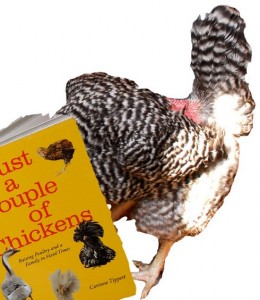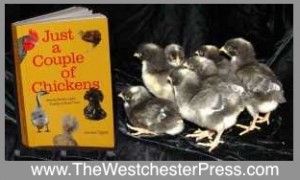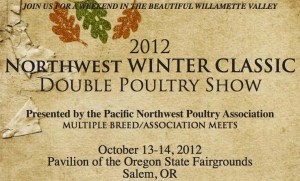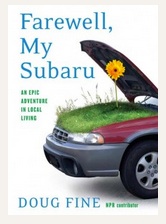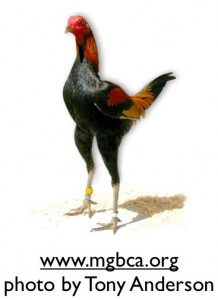
A feather of self publishing advice regarding Lulu.com
I recently printed a draft of my soon-to-be-available step by step “how-to” manual on self publishing through Lulu.com to see how Lulu compares other services I’ve tried.
www.Lulu.com is one of many online companies that offers a range of publishing solutions to anyone with a project.
To start, before I sign up for any online company, I do a “suck search” to see if anyone has gotten angry enough at that company to rant off about it. I found a really huge number of people who were pissed off at Lulu.com. Almost as many as are pissed off at PayPal.
So I was cautious and read all the fine print and submitted a live email query to lulu.com’s customer support to test the system. It took a week for customer support to respond, but when they did, it was a live person and the answer was relevant to my question, and I was satisfied. So I got busy setting up an account and putting my project together.
I liked the fact that I could make a project that was “private” for viewing right from the start. And that I could change that setting later. Private publishing. Taking self publishing to a whole new level; the self reading level.
Lulu is free. That was good, because the other services I’ve tried are also free to get started. The only charge I paid was when I was ready to order a copy of my book to proof it. Then I paid for my book and the shipping. The book fee was based on the size and page count, and the shipping was both reasonably priced, and fast. The book fee was reasonable too.
I would have to pay Lulu.com fees once I was ready to publish my book, but if I stayed in this new world of totally private publishing, I’d only ever pay when I wanted a copy of my book. Self audience!
I was able to make a cover for free, which is a service also available on other services. While I seriously recommend you hire a professional to make your final cover, it is handy to use the free service to make a draft cover. Lulu had fewer options than other services I’ve used, but I need fewer options on something like that. I’ve lost too many hours playing with covers that should never see the light of day.
When I was ready to order a proof, I did not have to put in my ISBN number. Nor did Lulu require me to take one of theirs. They would require the ISBN number when I was ready to publish, but not to order a proof, and I liked that very much.
Lulu’s system was pretty easy to use… the only troubles I had were specific to my formatting, and so overall, I was satisfied, but when I came to the steps involved with actually publishing my book with Lulu, I was no longer satisfied. The costs and process of self-publishing through Lulu were a no-go for me. Their fee to get my book on Amazon.com and beyond, and how they structure their royalties and pricing put me off. It is cheaper and easier to control on other services. CreateSpace, where I self published “Just a Couple of Chickens”, will put my self-published book on Amazon.com with no fee. They only charge once I start to access expanded distribution. (…disclosure….I have an affiliate link to CreateSpace on my sidebar because I am pleased with their service, but no link in the text of this post…. and I would affilate lulu.com because of their ease of printing a book, but not for their publishing portion…)
In summary, Lulu.com is very useful for printing a proof or a casual copy of a book I don’t intent to market.
It’s easy to use and the service was good. The print and cover quality was fine. I can use Lulu to print a proof of my project, or I can pay them to produce my whole book, or I can use my own ISBN number and self-publish my book through their company. But I wouldn’t. And many of these publishing issues were the root of the rantations I found in my search.
I would use CreateSpace over Lulu for self publishing… although I haven’t yet tried Lightning Source or Blurb.com. (Have you?)
Lulu’s proof printing ease makes it pretty fun to whip up book versions of some of my projects-in-waiting. To see them in book form instead of in manuscript form or only on screen. Lulu.com is great for that purpose. I’ve got so many projects that I could take self publishing to the ultimate of ultimate level… self library!
